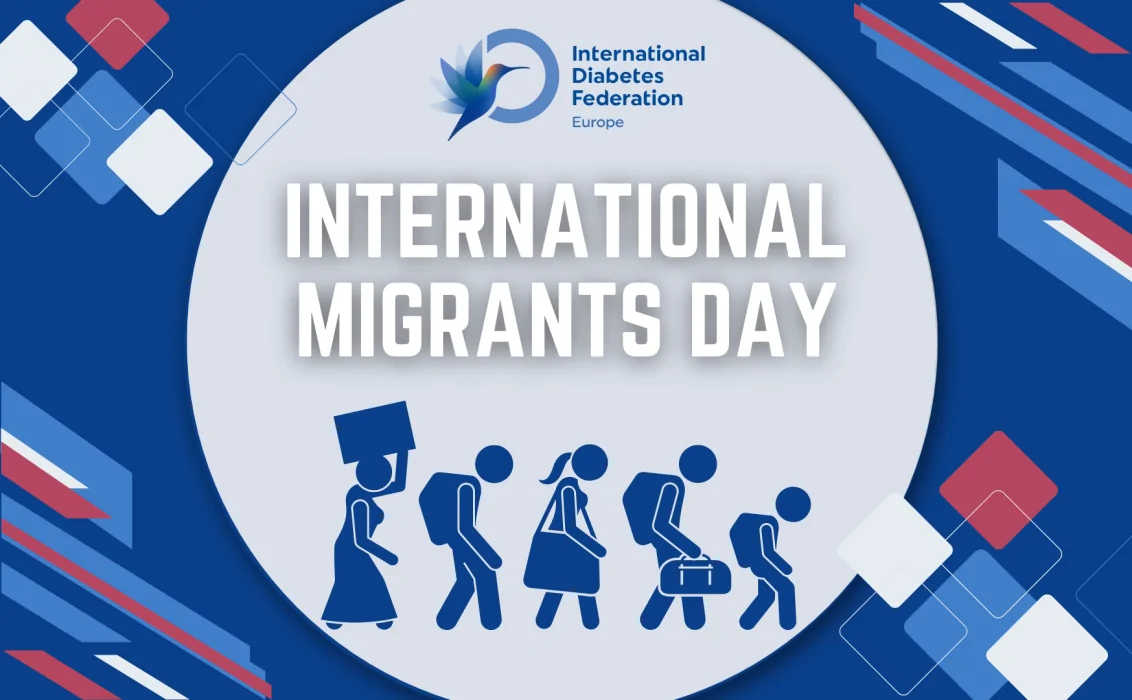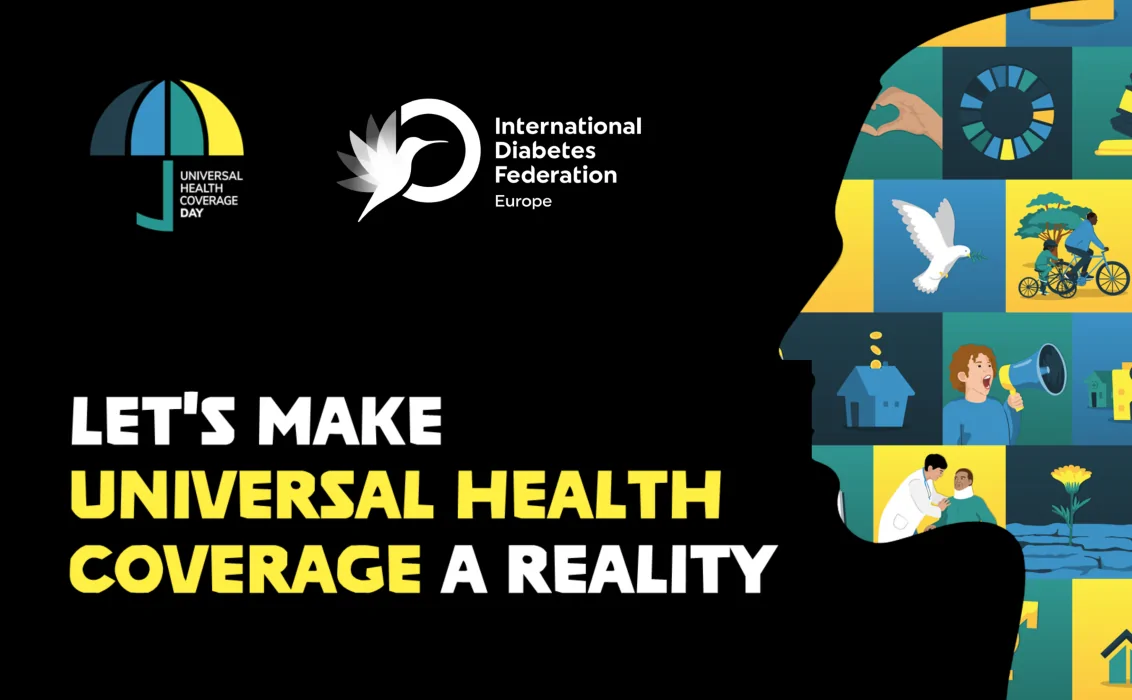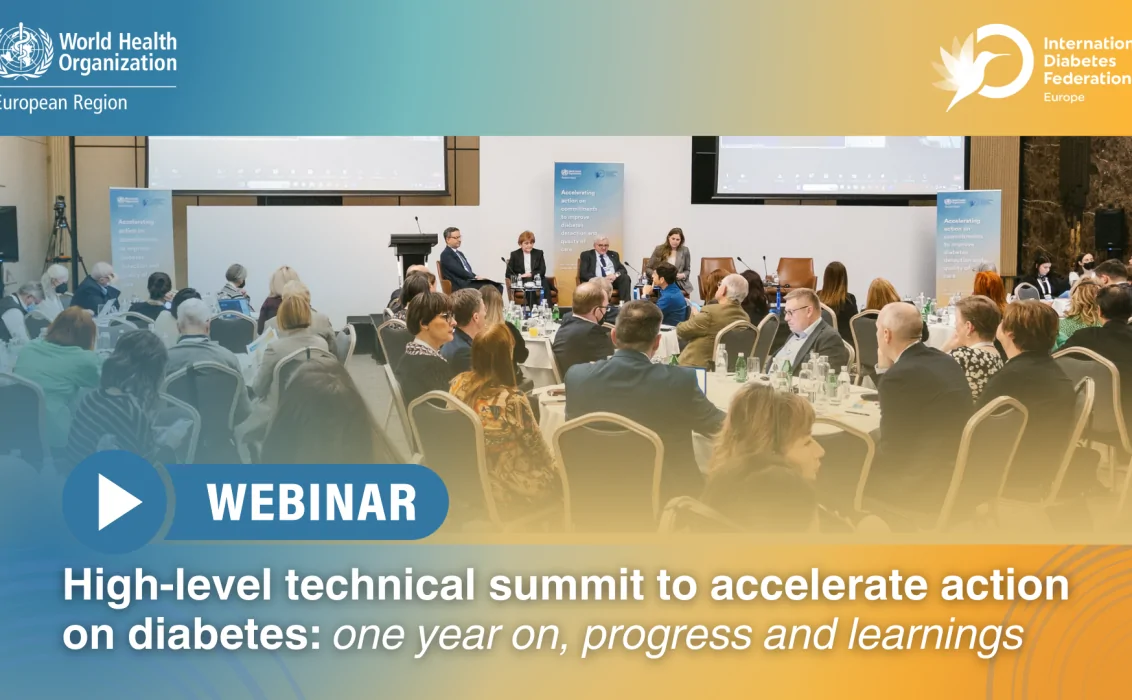In recent years, we have witnessed a major increase in the number of people needing humanitarian assistance globally as a result of crises such as men-made conflicts and natural disasters that have led to massive population displacements, major suffering, and an erosion of human rights including the right to health. The United Nations Office for the Coordination of Humanitarian Affairs (OCHA) estimates that, in 2024, nearly 300 million people will need humanitarian assistance and protection versus the 274 million people at the beginning of 2022. The United Nations High Commissioner for Refugees (UNHCR) reported that, in 2022, total forced displacement exceeded 100 million people (about half internally) – or 1 in 78 people globally forced to move. With approximately 10% of the global adult population currently living with diabetes, many of them are inevitably affected by these crises. Despite this, the provision of diabetes care and the level of preparedness of governments, health systems and communities to respond to the needs of people living with diabetes (PwD) and other people living with chronic diseases in humanitarian settings is often inadequate.
Humanitarian crises pose several challenges on affected communities including loss of shelter, power, communication, clean water, healthy food supplies, medicines and related devices and supplies, healthcare facilities, medical records; shortages of specialised healthcare personnel, as well as psychological distress. These can affect population groups in various ways depending on the type, size and nature of the affected area, the duration of the disaster, people’s experience with such disasters, local infrastructure and socio-economic situation, level of preparedness and the humanitarian support being provided.
PwD are particularly vulnerable to these disruptions, especially those affecting access to healthcare, medicines, devices and food supplies which are fundamental to the optimal management of their condition.
Moreover, the stress caused by living through a humanitarian crisis can further complicate PwD’s ability to manage their condition. In the case of people living with type 1 diabetes (T1D) and some type 2 diabetes (T2D), lack of access to insulin and continuity of care can be life-threatening. As well as the short-term consequences of humanitarian crises on the immediate medical needs and diabetes management of PwD, the long-term impact of healthcare disruptions (e.g., lack of screening) on the development of diabetes-related complications should not be underestimated.
It is crucial for governments, healthcare systems, PwD and their families to have emergency preparedness plans in place. Developing and investing in disasters preparation plans can help improve the effectiveness of response and recovery strategies in the event of a disaster, and it can contribute to reduce preventable casualties.
Emergency preparedness plans should define responsibilities and prepare all stakeholders to take the necessary measures to guarantee uninterrupted access to diabetes medication, integrated care, education and screening for all PwD affected by disasters. This includes, for example, the preparation of lists of PwD who would be most vulnerable in the event of a disaster, evaluating the sources and supplies chains of medicines and devices for diabetes care, having guidelines in place for the receipt and distribution of essential medicines and related devices, developing training materials for healthcare professionals on diabetes care in humanitarian settings, and disseminating guidelines on recommended actions for PwD and their families/carers.
A great number of resources have been developed to guide all stakeholders in the preparation and response phases in order to address the specific needs that PwD often face in humanitarian settings. For example, the IDF Western Pacific Region has recently updated its “Diabetes Care and Disasters” manual which provides insights on reducing the negative impact of natural disasters and promotes knowledge sharing to help individuals, communities and countries increase their resilience to natural disasters. IDF Global also provides a dedicated section on its website about humanitarian action, useful resources and calls to action for improving the provision of humanitarian relief during disasters.
In recent times, humanitarian crises such as the war in Ukraine and the earthquake in Turkey and Syria make the need for effective preparation abundantly clear. What are we waiting for?



